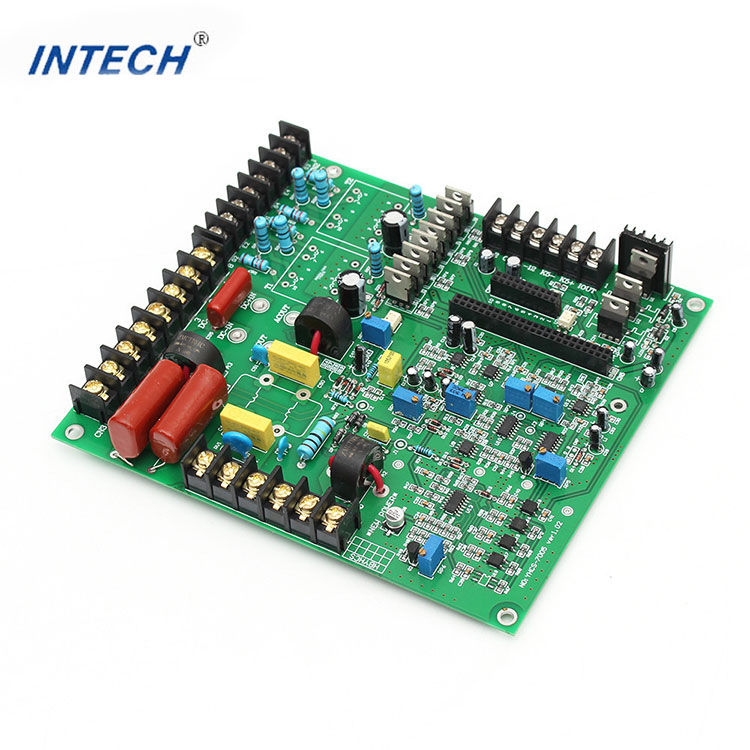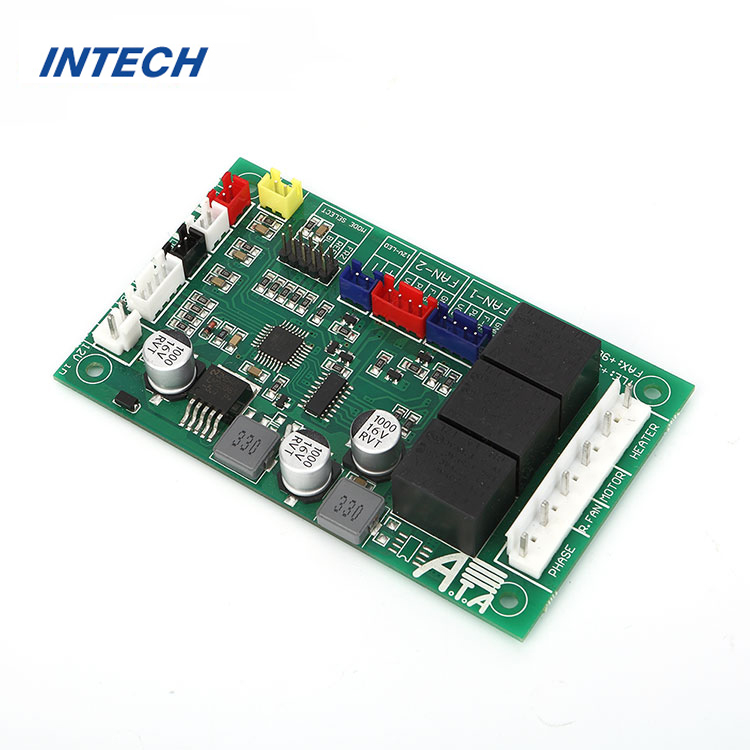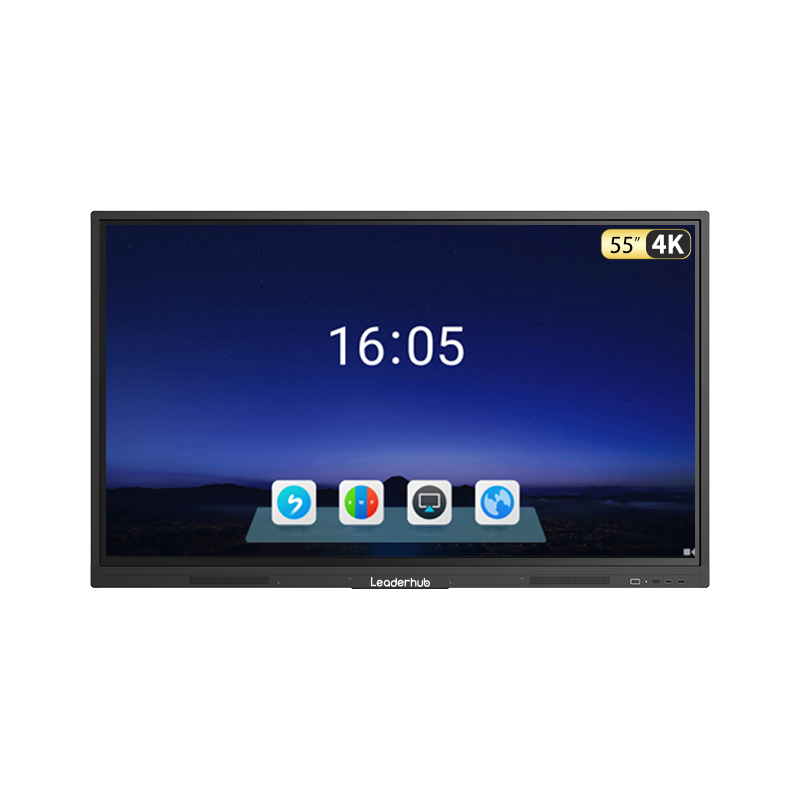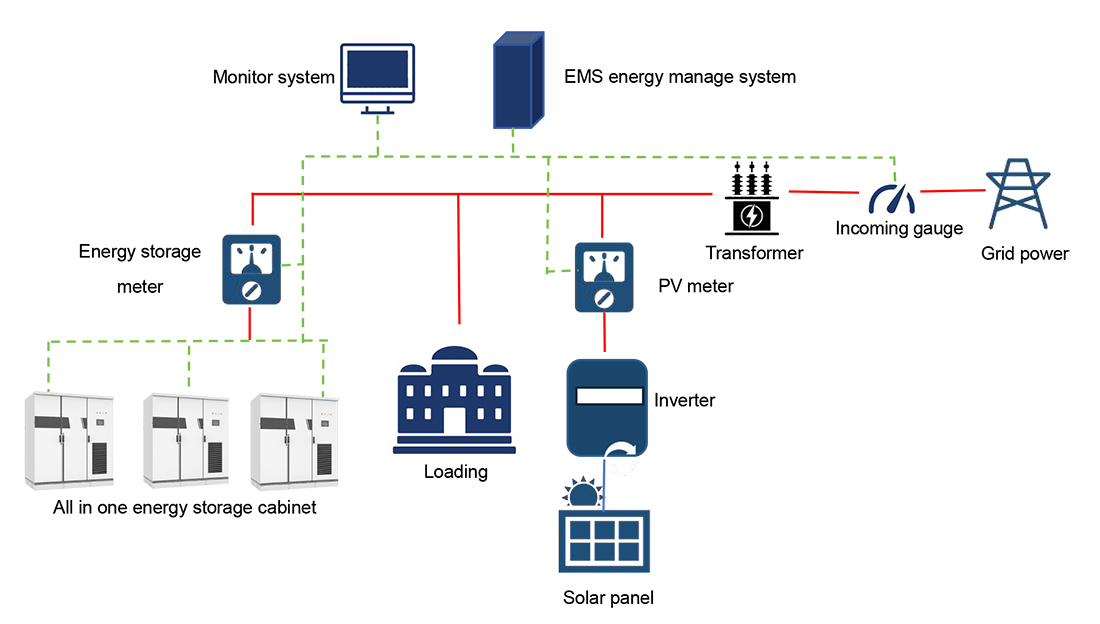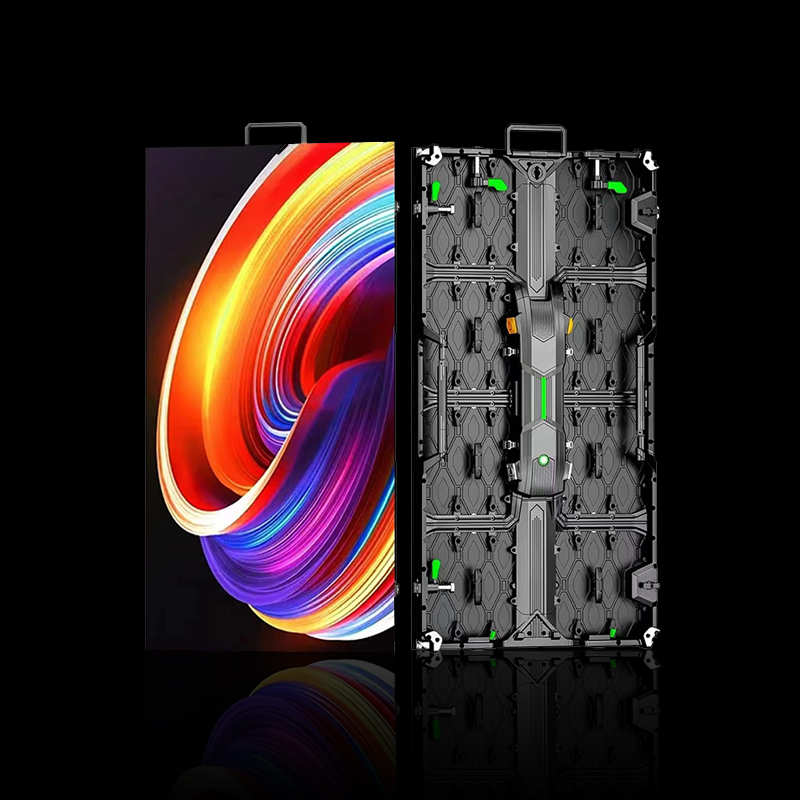
Earbud implementation options: Taking a test drive(r)
- Consumer
- 2023-09-23 22:51:51
As I’ve mentioned before, I’m a fan of acquiring gear via Amazon’s Warehouse section (both pre-planned and, admittedly, spontaneous) whenever possible, from both cost-savings and keep-out-of-landfill re-use standpoints…although the latter sometimes leads to not-as-advertised downsides. Back in late August, Amazon was offering an additional 20% off a notable subset of its Warehouse inventory, so in addition to picking up a bunch of low-priced CPU, SSD, motherboard, PSU, case and other system building blocks for the multiple PCs I’m building for charity-donation purposes (discussed in a recently published post), I perused the Warehouse inventory for any wired earbuds (or other eye-catchers) being sold at additional discount.
Some of the terminology I encountered both there and through subsequent research was initially unknown to me (and presumably also to at least some of you, therefore motivating this particular writeup). Consider, for example, the well-reviewed set of CCA (a premium “brand” of Linsoul Audio) C10 earbuds I bought, which I subsequently third-party supplemented with a balanced cable.
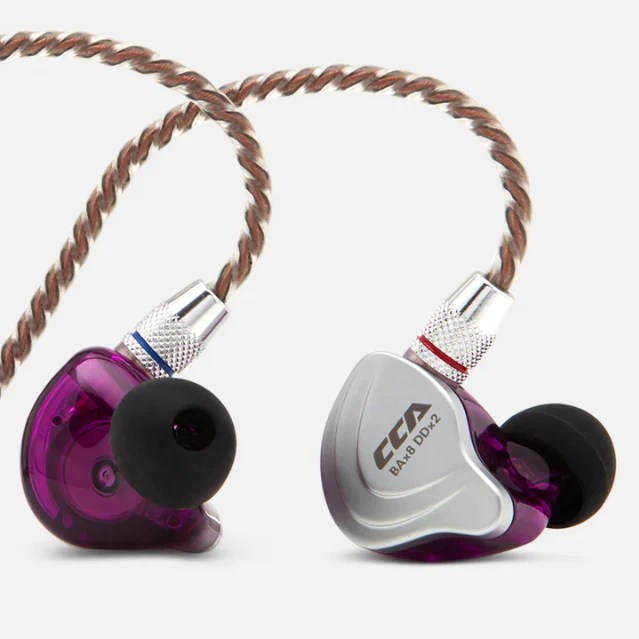
They come in three different half-case colors: purple (shown), cyan and black (which is what I bought). And although the descriptive markings on the other half of the case are somewhat deceptive, they’re intriguing nonetheless:



BAx8 DDx2
BA, as it turns out, refers to balanced armature (a term which those of you involved in hearing aid development may already be aware), while DD stands for dynamic driver. And there’s four of the first (BA), along with one of the other (DD, specifically handling the low audio frequencies), in each CCA C10 earbud.


To date, all I’d been familiar with were dynamic driver-based earbuds, such as the Apple Beats PowerBeats Pros I recently finished disassembling. About as fancy as I’d gotten were Shure’s E5C in-ear monitors (IEMs), which squeezed two dynamic transducers along with a crossover network into each bud.

The CCA C10s, on the other hand, are what’s known as hybrid earbuds, due to their merging of both transducer types. And on the other end of the spectrum from my dynamic-only earbuds are BA-only units such as those from Westone Audio, with one to eight drivers per earbud:

Why would you want to pick either dynamic- or balanced aperture-based earbuds or, for that matter, a hybrid of the two? Google to the rescue; take these excerpts from an excellent blog post on the topic by Brian Li:
In a balanced armature design, an electric current is passed through a coil that is wrapped around an armature. The coil is suspended between two magnets, and the changes in current causes attraction between the coil and magnets. Variations in the magnetic field moves the armature thousands of times per second. The in-ear monitor’s diaphragm is connected to the armature, and this movement produces sound that we can hear. A balanced armature is “balanced” because “there is no net force on the armature” when it is centered magnetic field.
In a dynamic driver design, the diaphragm is attached directly to a voice coil. When a current is applied, the voice coil moves between two permanent magnets causing the diaphragm to move and produce sound. Dynamic drivers are sometimes called “moving coil drivers.” Dynamic drivers are often vented and move air by design, and this results in a much better representation of bass frequencies compared to balanced armature designs.
In summary, balanced armature drivers typically offer a more detailed sound. Dynamic drivers offer a more coherent and powerful sound, and are often described as “warm-sounding,” Some companies also offer hybrid models that combine the defining qualities of both balanced armature and dynamic drivers.
The CCA C10s sound pretty darn good, by the way, although admittedly my apparently no-longer-golden ears can’t discern a meaningful difference between them and the high-end dynamic driver-based alternatives also in my IEM “stable”. Speaking of which, by the way, I’m seriously considering also picking up a pair of BA-only Westones while they’re on sale at Adorama (on closeout, to be precise, I suspect, since the W-series is seemingly no longer on the manufacturer’s website). That said, the 8-driver-per-earbud W80s at $649.95 are still too salty for my fiscal tastes, even though that’s a 57% discount from MSRP. The $59 (76% off MSRP) for the single-driver W10s or $79 (77% off MSRP) for the dual-driver W20s is more my cup of tea.
But wait, there’s more! In prepping to write this piece, I about fell out of my chair when I came across a review of MUSE HiFi’s Power IEMs, which employ planar magnetic drivers (one per earbud). This particular driver type, which I’d occasionally encountered in the past when looking at conventional over-hear headphones, has always been conceptually intriguing. Here’s a summary from a Moon Audio writeup:
Like dynamic drivers, planar magnetic drivers use magnetic fields. Instead of a coil, though, planar magnetic drivers use a flat, thin diaphragm…the diaphragm in a planar magnetic driver has wires embedded in it. This creates an electromagnetic field that can interact with the magnetic field, creating sound waves. The diaphragm in a planar magnetic driver is sandwiched between two arrays of evenly spaced magnets. An electric current travels through this magnetic field and causes the diaphragm to move, thus producing sound. So it’s not the coil that moves the diaphragm; it’s the magnets. This is how the name planar magnetic originates — “magnets acting on a flat plane.”
I’d never actualized my acquisition aspiration, however, for two primary reasons:
Planar magnetic-based headphones have historically been much more expensive than their dynamic driver-based counterparts, although prices are dropping thanks in no small part to emerging Chinese suppliers such as HIFIMAN, andTheir “cans” are huge! See, for example, the $699 (at Amazon) HiFIMAN Ananda:
Apparently, however, at least the size issue has been resolved:

That said, I’m still not holding my breath about electrostatic drivers showing up in earbuds any time soon (or ever, for that matter), however…

And speaking of charities, there’s one more driver type that I’d like to touch on before concluding, although as you’ll soon see, it’s not used for earbuds per se, or even traditional headphones, because it bypasses the (outer) ear entirely. Whenever I’m at Evergreen Christian Outreach (EChO) dropping off donations, I also like to pop my head in at the next-door thrift store of another charity of which I’m fond, the Evergreen Animal Protective League (EAPL). On their “tech trinkets” table earlier this year I found a set of IDEAPLAY BCH-20 bone conduction headphones, implementing an audio-output technology I’ve always wanted to try, but not at the price tags that such headsets usually sell for (although in researching just now I discovered that the BCH-20s are currently available for purchase at Walmart for only $35.99):
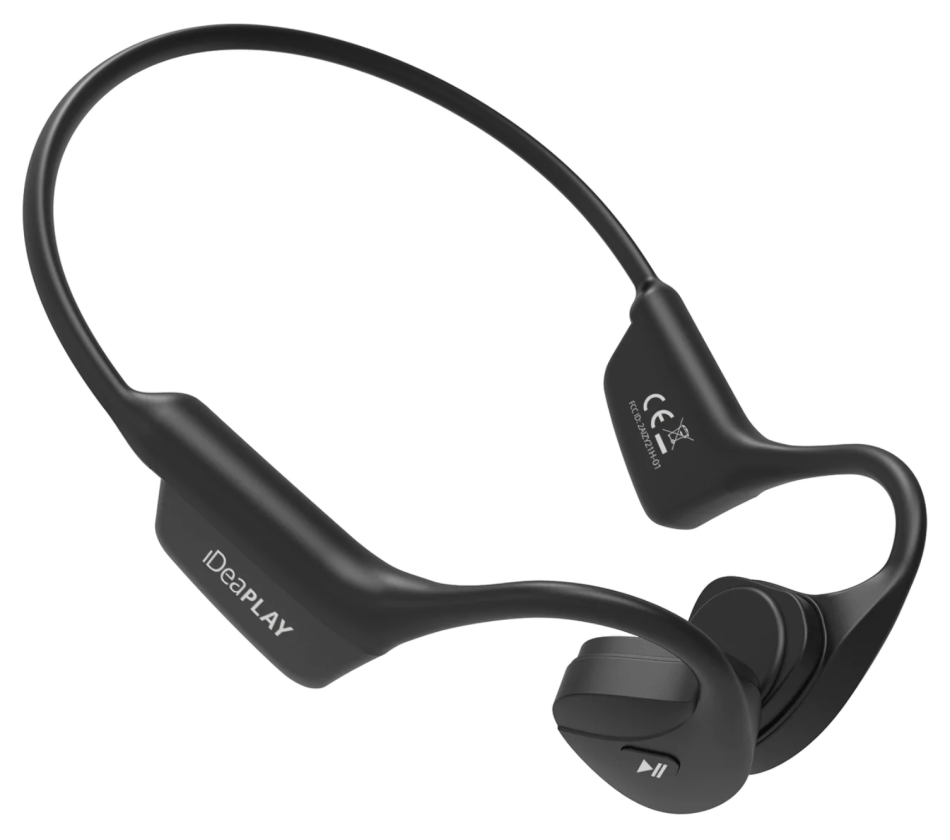
Here’s another “stock” image, conceptually showing how they work:

For more details, here’s an excerpt from an overview article by SoundGuys:
Bone conduction headphones…rest directly on the listener’s cheekbones. Unlike traditional headphones and earbuds, the eardrum doesn’t vibrate to pass the information along to the cochlea. Instead, the vibrations from the bone conduction bee-lines for the cochlea. Due to the lack of eardrum involvement, this technology is good for people with hearing deficiencies, as the bone conduction vibration acts in lieu of the eardrum.
One qualifier: although the author is right to point out that bone conduction headphones can be helpful for folks with ruptured or otherwise compromised eardrums, they’re not for the deaf. Unlike cochlear implants, which directly stimulate the auditory nerve, bypassing the ear completely, these still rely on a functional inner ear structure. That said, what are their strengths and shortcomings versus conventional earbuds and other headphones?
Well, for one thing, they leave your eardrums exposed, so you can also still hear ambient sounds. If you’re an athlete running or biking on a crowded-traffic street, that’s a good thing. If you’re trying to enjoy a critical music audition, it’s not. And speaking of athletes, since there’s no need for an exposed “hole” associated with each transducer to route audio to the eardrum, they can be made highly water resistant (think sweat).
Here are some views of the set I bought for $3 (!!!) at the EAPL Thrift, versus a packaging-claimed $89.99 MSRP:



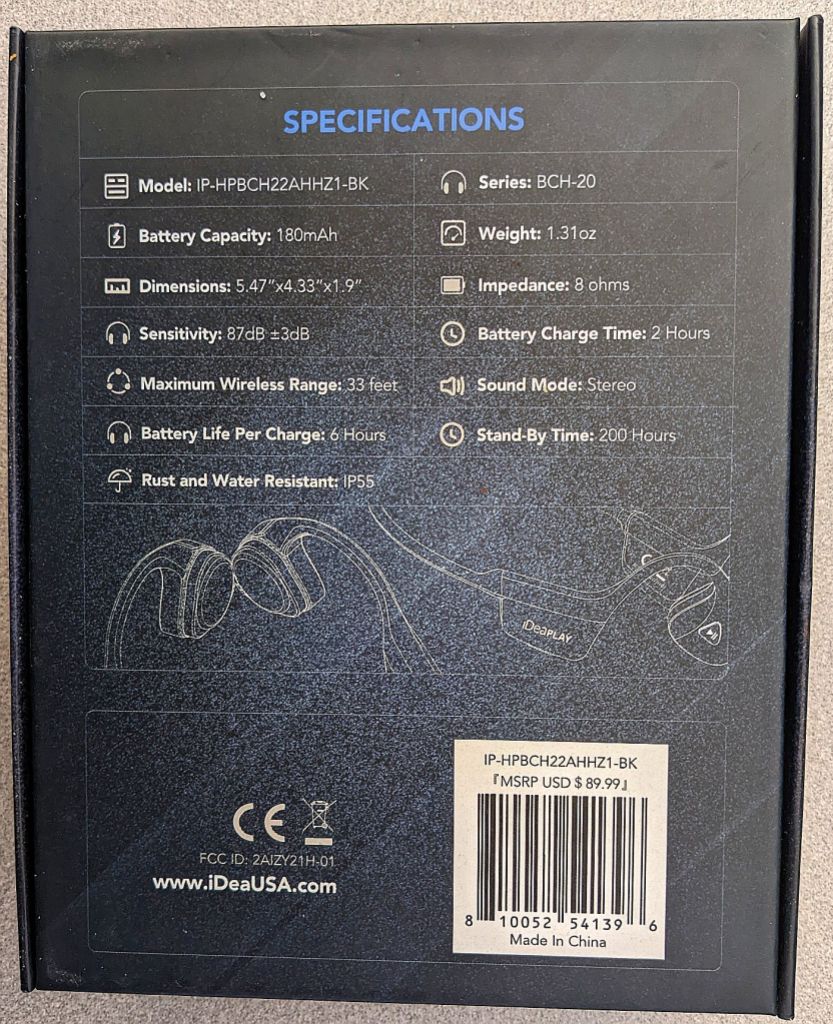

as-usual accompanied by a 0.75″ (19.1 mm) diameter U.S. penny for size comparison purposes:

No, those aren’t ear tips in the accessories pile. Referencing my earlier ambient-sounds comments, they’re optional passive earplugs!

I bought them as teardown candidates, assuming they wouldn’t work. But when I plugged them on a hunch, they charged and then Bluetooth-paired up with my smartphone just fine! They also sound much better than I expected they would, although I still chuckle at the manufacturer claim on the side of the box that they’re “HD Stereo”. One final note, again of an “ambient” nature: since they still vibrate to stimulate the inner ear bones (versus the eardrum), they emit a tinny low-volume sound that those around you can also hear. Not egregious, but not nothing.
And with that, I’m done “sounding off” (bad pun intended). I look forward to “hearing” (ditto) what you have to say in the comments!
—Brian Dipertis the Editor-in-Chief of the Edge AI and Vision Alliance, and a Senior Analyst at BDTI and Editor-in-Chief of InsideDSP, the company’s online newsletter.
Related articles:
An update on music codecsObsolescence by design: The earbuds editionNoise-suppressing headsets and earbuds: Differences, but all telephony dudsThe Apple EarPods: Inside and outApple’s Beats Powerbeats Pro: a repair attempt blow-by-blowEarbud implementation options: Taking a test drive(r)由Voice of the EngineerConsumerColumn releasethank you for your recognition of Voice of the Engineer and for our original works As well as the favor of the article, you are very welcome to share it on your personal website or circle of friends, but please indicate the source of the article when reprinting it.“Earbud implementation options: Taking a test drive(r)”

